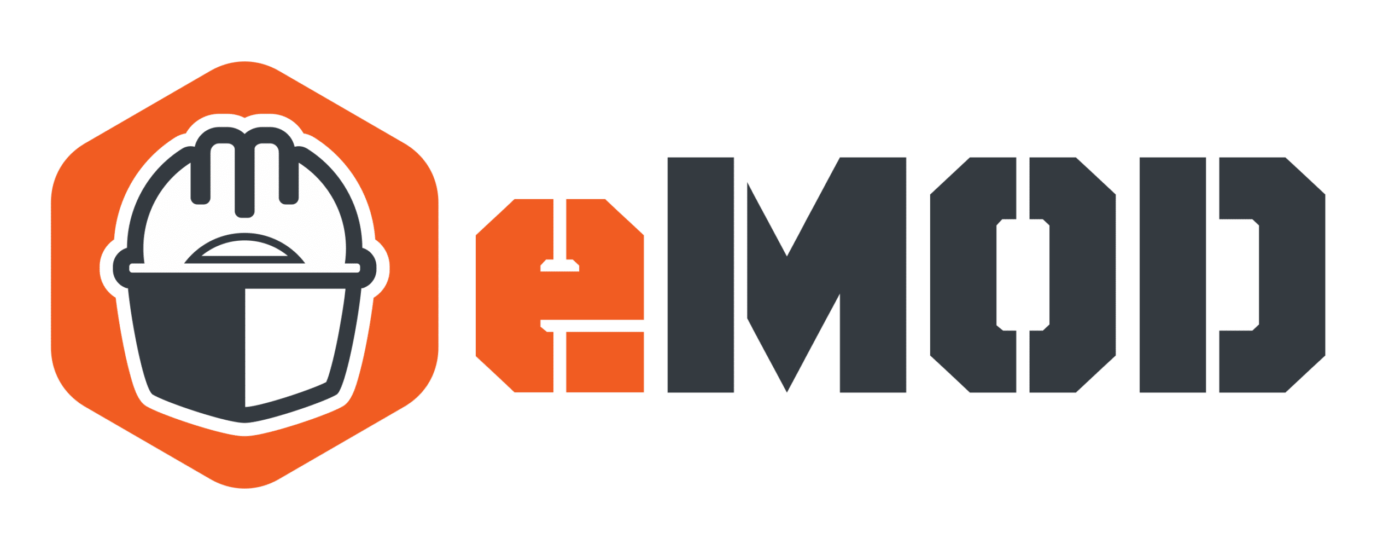
COVID-19 disrupted our industry. And there’s a lot of good that’s coming out of it
By Kaitlin Frank
At the beginning of each year, I always spend time thinking about the trends that might affect my job, my work, and my industry. I reflect on the changes we saw last year, and the forces that will continue to drive change in the coming year.
And of course, we can’t look back or forward without considering COVID-19. The pandemic has disrupted the construction industry, arguably more than any other force in recent history. Regional stay-at-home orders and outbreaks brought some projects to a standstill. On others, ongoing risk has limited the number of workers that can be on site at any given time and caused major delays. And we’re collectively taking more precautions during our daily work than ever before, communicating more closely with one another and making sure our work environments are sanitary and safe.
However, as my eMOD co-founder Bobby Marshall recently wrote, “We’ll be better off for having gone through this. And our jobs might just be a little safer.”
One of the positive impacts of our pandemic is that, undeniably, it is driving increased innovation and adoption of new technology that’s changing how we work. Many of these technology trends were slowly emerging before COVID-19. The pandemic has accelerated them. Here are eight construction technology trends that we’re watching in 2021 — many of them a direct result of the pandemic:
1. Digital transformation is accelerating
COVID-19 has forced our industry and many others into using digital technology to communicate and execute tasks that were primarily done via analog methods. As our Shane Flanagan wrote recently about digital transformation in construction, “we’re builders. We use our hands and bodies to wield tools and erect magnificent structures. We’re not exactly known for sitting in offices and pecking away on computer keyboards. And we’re certainly not leading the pack of industries when it comes to digital transformation.”
To do our job and yet adhere to COVID-19 mandates and policies, many of us have had to learn new ways to do things. Sometimes that was uncomfortable. After all, change is hard. But we believe the industry is better off for it. And just how COVID-19 will permanently change certain aspects of life (there’s no going back!), it has changed our industry. We think for the better. Digital technology can help us be more efficient, be better at our jobs, and be safer. And now, we’re a little more experienced and comfortable with digital technology.
2. Collaborative tools are becoming part of our daily routines
Among the most-used digital technology tools we’ve used first-hand during the pandemic are those that have helped us collaborate remotely. These include enterprise communication tools like Slack, Zoom, and Microsoft Teams, along with more specialized online whiteboarding tools like Miro and Mural. And while we look forward to more in-person meetings and collaboration soon, there’s no denying the obvious flexibility that these remote collaborative tools offer — especially to align diverse stakeholders on big projects without the need to gather in one place. And, as more of us have been forced up that learning curve for these tools, we think these tools will have a larger role in our daily routines.
3. We’re remotely controlling (and monitoring) construction
While our children may be playing with their new remote-control cars from Santa, we’re using more remote construction technology than ever.
Video camera technology allows us to survey what’s happening on a job site anytime, anywhere. The combination of on-site 360-degree cameras and virtual reality (VR) goggles allows you to immerse yourself into a live view of a job site at any time.
Similarly, drones can provide an overhead view of a project site in real-time — helping management validate that what’s happening on the ground is aligned with a project’s intended plan.
Meanwhile, robots are slowly taking up residence on job sites. In some cases, robotic technology is used to deliver materials to different places on a job site. And robots are also starting to efficiently perform tasks (sometimes with human supervision) that are repeatable and don’t require adaptability (such as drywall finishing, as shown in this Wired story). Robotics technology is also being used with increasing frequency to manufacture and assemble prefabricated components.
4. We’re building more off-site
During the pandemic, the number of workers on given job sites was limited. So, crews and trade workers spent more time building pieces of projects off-site, then bringing those components onsite.
We see this as an extension of the trend toward prefabricated construction in both residential and commercial construction. Early in the pandemic, one analyst projected an 8% compound annual growth rate (CAGR) for prefabricated construction each year through 2025. We wouldn’t be surprised to see that growth rate accelerate, as the engineering quality of modular components continues to improve. Minimizing traffic and time spent on a construction site makes sense — even when there’s not a pandemic.
5. We’re using building information modeling
Another growing segment of digital tools is building information modeling (BIM). BIM is intelligent 3D modeling that represents every detail of a project — including the materials involved and the process for how structures will be built. It’s especially helpful during pre-construction planning in helping stakeholders visualize what the end result of a project will look like — and understand how to get there. BIM assists with all phases of construction, creating better collaboration and communication, helping with logistics planning, improving scheduling/sequencing — and it can also help prefabrication.
BIM has been around for a long time and seen somewhat slow growth, but we’re seeing first-hand that usage is accelerating. The market for BIM tools is expected to grow upwards of 15%, according to a recent report.
6. We’re applying lean construction practices
The term “lean construction” has been used in different ways in our industry — but where we see it being applied with increasing frequency is during planning. More detailed pre-construction — long before any on-site work begins — ultimately leads to the reduction of waste and elimination of ambiguity. Less wasted time. Less wasted materials. Less wasted effort because of ambiguous plans. And, ultimately, less wasted cost.
In many cases, lean construction depends upon using technology that helps teams more efficiently do their work. However, as our friend Henry Nutt III from Southland Industries recently told us, a crucial part of lean construction during pre-con is communications and relationships. “At the end of the day, we build structures,” he said. “But we build structures with people. We always have to remember that this is a people business.”
During pre-con, that means making sure all the right people are involved and actively engaged in planning. And during construction, it’s important to have daily huddles among teams to check the status of work, reaffirm alignment on project goals, and identify problem areas.
7. We’re wearing more technology
While mobile devices like phones and tablets are ubiquitous on construction sites today, another class of connected devices is slowly emerging. Wearables are helping to keep workers safe and healthy.
Smart watches can detect falls, monitor worker vitals like heart rate and oxygen levels, and offer up a way to more safely communicate (hands free) than phones. And smart PPE equipment like helmets, gloves, and boots can sense contact from falling objects, detect location, and even detect fatigue levels. During the pandemic, we’re also seeing more people use proximity sensing technology to encourage safe distancing — these sensors can alert you when you’re too close to someone for an extended period of time. A report from the U.S. Chamber of Commerce forecasts that 23 percent of construction workers will be using wearables by the end of 2021.
And it’s not just people that will be increasingly wearing smart sensors. More companies are using tracking devices like Tile to track the location and flow of equipment throughout a job.
8. We value safety more than ever
Obviously, we’re biased. Safety is our business. But when it comes to 2021 construction technology trends, especially as we continue to grapple with COVID-19, there’s no denying safety is paramount. The pandemic has — for the better — reminded us that the most important metric in our high-risk line of work is getting our people home safely.
Digital tools like our eMOD Safety App can help, offering up a complete (digital) platform where all safety documentation for a project lives — and ensuring that everyone involved in a project can manage, track and comply with safety regulations and specific project requirements.
There’s also exciting new applications that use augmented and virtual reality to identify safety risks for projects, and help train workers on how to cope with those risks.
Kaitlin Frank is co-founder of eMOD and a superintendent at Dome Construction.


One Response
Very insightful! I enjoyed reading your positive outlook on the future changes Covid might bring to jobsites. Well done!
Comments are closed.